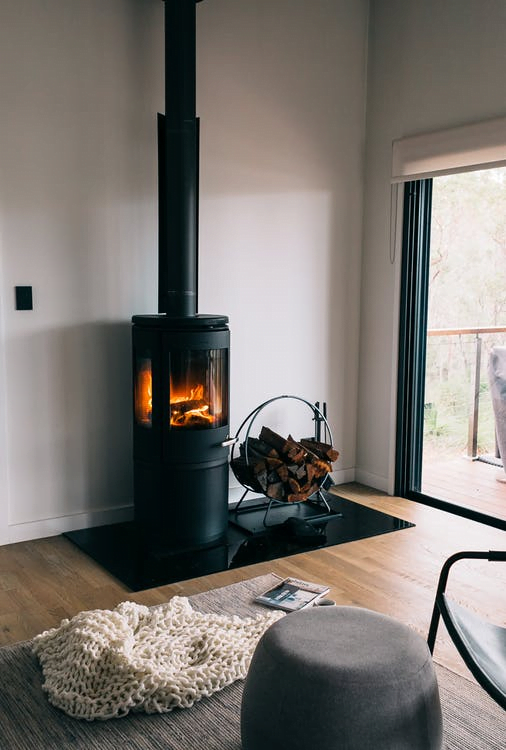Now that fall is officially here, it is high time to prepare your home for the upcoming winter. In addition to pulling out the fuzzy blankets and stocking up on firewood to keep you and your household warm, there are other things you need to do to embrace the cold season properly.
The thing about winter is that it can seriously wreak havoc on your home. House problems, such as burst pipes or saggy gutters, can cause significant damage to your property, resulting in high repair bills. So, if you want to save money and protect your home from freezing temperatures, you should definitely winterize your property.
If you aren’t sure where to start, here is our complete home winterization checklist to prepare your home for the long, cold months ahead.
Get your heating system checked
Getting your heating system checked to see if it is in good working condition is probably the most important thing you should do to prepare your home for winter. You may start by checking the air filters to see whether they have accumulated dirt or dust. Even if they haven’t, it is best that you wash them because a clean filter can help improve your indoor air quality.
If you want, you can call up a professional HVAC technician to do a more detailed check on your heating system. If any repairs are required, search for a home warranty company that offers home care plans to cover the costs, or at least give you a discount on any repair or maintenance services you may need.
Inspect your guttering system
Inspecting your guttering system is another important thing you should include in your home winterization checklist. The problem with your gutters is that they can easily get clogged with leaves, sticks, and other debris, preventing rainwater and snow from flowing down freely through the downspouts. This can make them saggy, causing them to break and leading to serious damage to your property.
The best way to prevent this from happening is to do a deep cleaning of your guttering system. You can do this by scooping the debris from the gutters and then using a garden hose to flush them out and clear any remaining gunk.
Winterize your water pipes
One of the biggest winter problems many houses experience, especially if they live in colder regions, is frozen water pipes. Such pipes can easily burst, causing severe water damage to your entire property.
That’s why it is important that you check for any blockages and winterize your pipes before the extreme cold weather arrives. An effective way to protect the pipes is to insulate them with strips of pipe wrap, using foam pipe sleeves or adding wall insulation. Also, don’t forget to turn off your garden hoses and sprinkles to make sure your entire water system isn’t damaged.
Seal drafty windows and doors
If you feel drafts in your home, then you should know that your energy bills will be much higher. This is because the cold weather can easily enter your living space through small leaks and holes, making your heating system work harder and longer, which eventually will result in higher energy bills. Potential sources of drafts you should look out for are door hinges, under-door spaces, and broken windows; all of which should be sealed properly to prevent the cold from entering.
For greater draft protection, you may want to consider replacing your screen windows and doors with storm ones to add a layer of insulation and keep winter elements out of your interior.
Check your roof
Although checking your roof may be considered the most time-consuming task on your home winterization checklist, it may also be one of the most essential. Old and poorly maintained roofs will not only increase your heating bills in winter, but they will also be more prone to leaks and water damage which can lead to some costly repairs.
Luckily, there are a few things you can do to inspect your roof and make sure it is in great shape. Some of these include checking for missing or damaged shingles, watching out for any spots around chimneys that may be prone to leaks, and looking for moss, mold, or rot.

Final thoughts
The importance of winterizing your home can never be overlooked. The process involves performing detailed checkups and taking preventative measures to ensure your property can get through the cold months ahead without any issues. Otherwise, you will be facing high energy bills and repairs, both of which can make your winter experience less enjoyable.
If you need help getting started, refer to our post and follow our ultimate home winterization checklist.













Comments